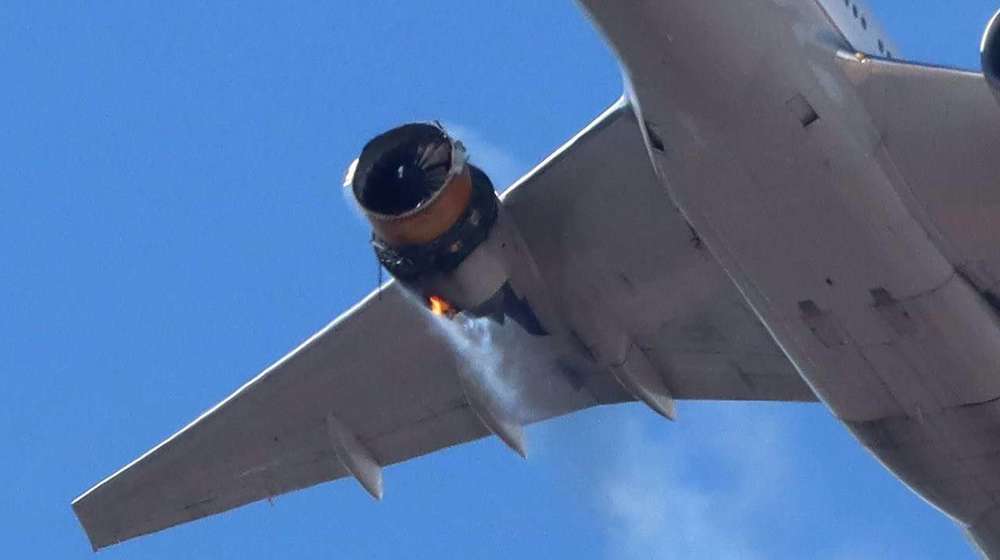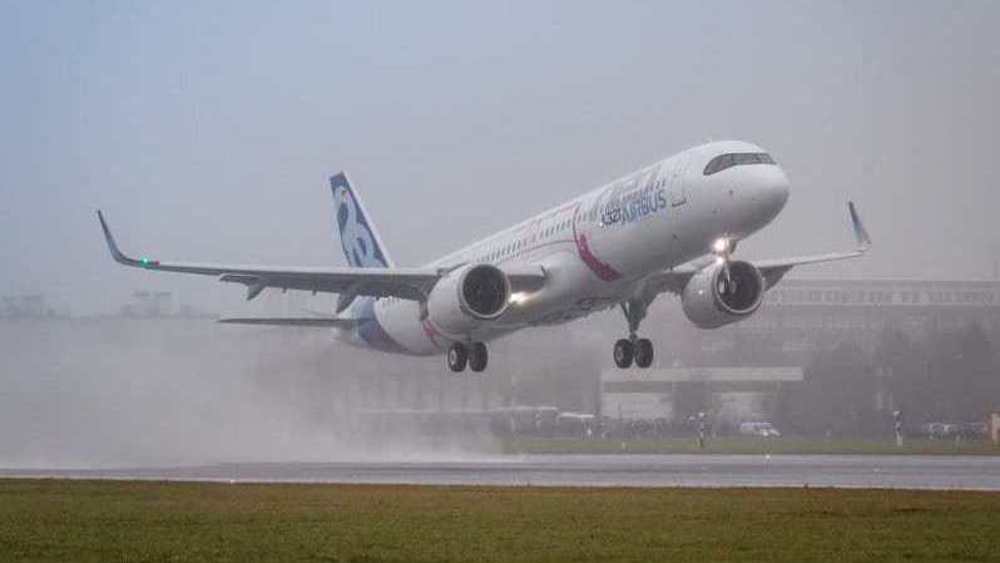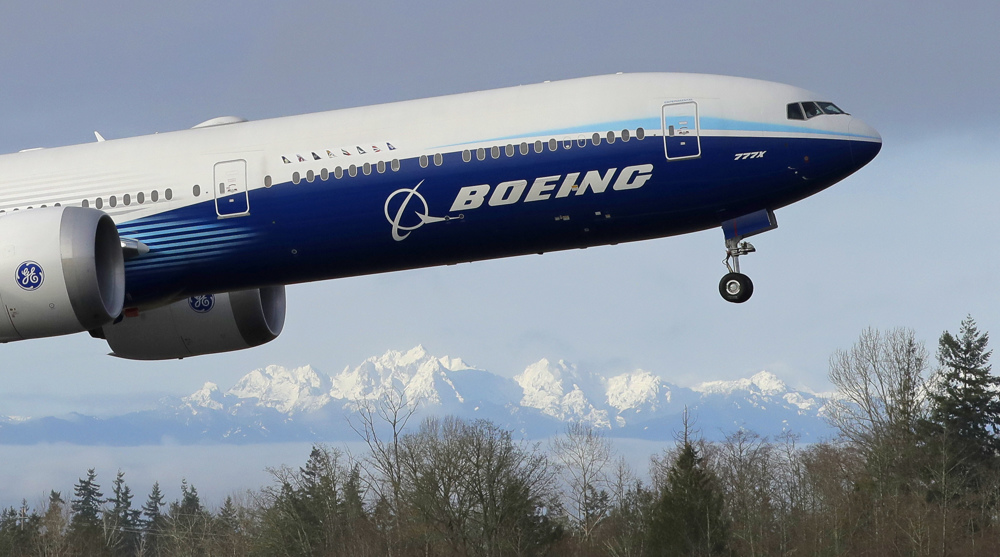US safety agency cites 'metal fatigue' in Boeing 777 incident
A key US safety regulator said Friday initial investigations confirm metal fatigue was a factor in last month's scare when a Boeing 777 engine caught fire and rained debris on houses below.
But the National Transportation Safety Board (NTSB) said it has not reached a final conclusion on the causes of the incident involving Pratt & Whitney engines.
The United Airlines flight to Hawaii returned to Denver soon after disembarking after the engine caught fire and began breaking apart.
No one was hurt in the incident, but the episode raised questions about maintenance on the jets.
The NTSB update confirmed fan blades in the engine had broken off, and said "the fracture surface was consistent with fatigue."
That confirms the agency's initial finding of metal fatigue, a weakening of the material due to stress after repeated use.
The NTSB said maintenance data for the blade with the fatigue fracture showed it had experienced 2,979 cycles -- a takeoff and landing -- since its last inspection, meaning it was a long way from its next inspection which is required every 6,500 trips.
The agency is continuing its investigation and sent the damaged fan blade “to the metallurgical laboratory at Pratt & Whitney for further examinations led by a senior NTSB metallurgist.”
Following the latest incident, Boeing 777s with the same engine were grounded worldwide, and the Federal Aviation Administration (FAA) ordered inspections of all Pratt & Whitney engines similar to the one that broke apart.
(Source: AFP)
Hamas thanks Iran, Resistance Front following achievement of ceasefire in Gaza
'Capitulation': Israeli officials and media concede Gaza defeat as truce unfolds
'Gaza has won': Social media users react to ceasefire with mix of relief, joy
Iran seeks South Korea’s assistance for AI, fiber-optic projects
VIDEO | Iran's 'Eqtedar' (Power) maneuver
Israel hits HTS military target in Syria for 1st time since fall of Assad
VIDEO | Press TV's news headlines
Israel has slaughtered 13,000 students in Gaza, West Bank












 This makes it easy to access the Press TV website
This makes it easy to access the Press TV website